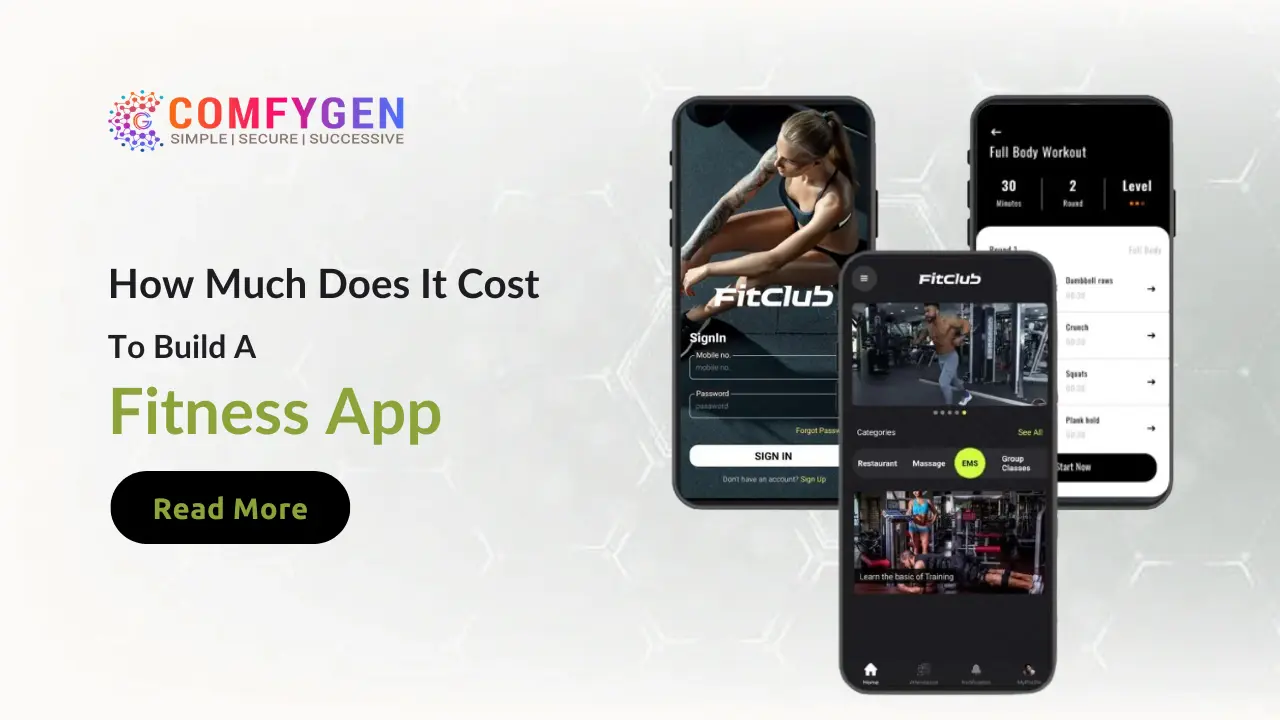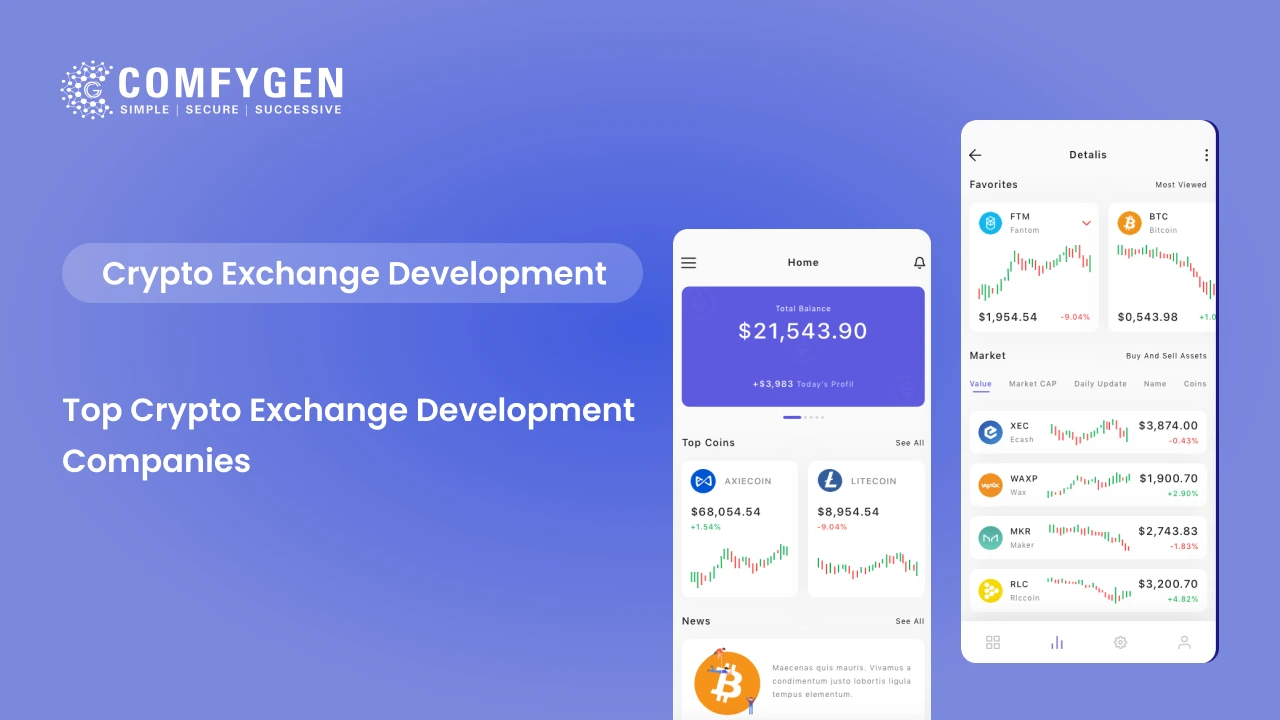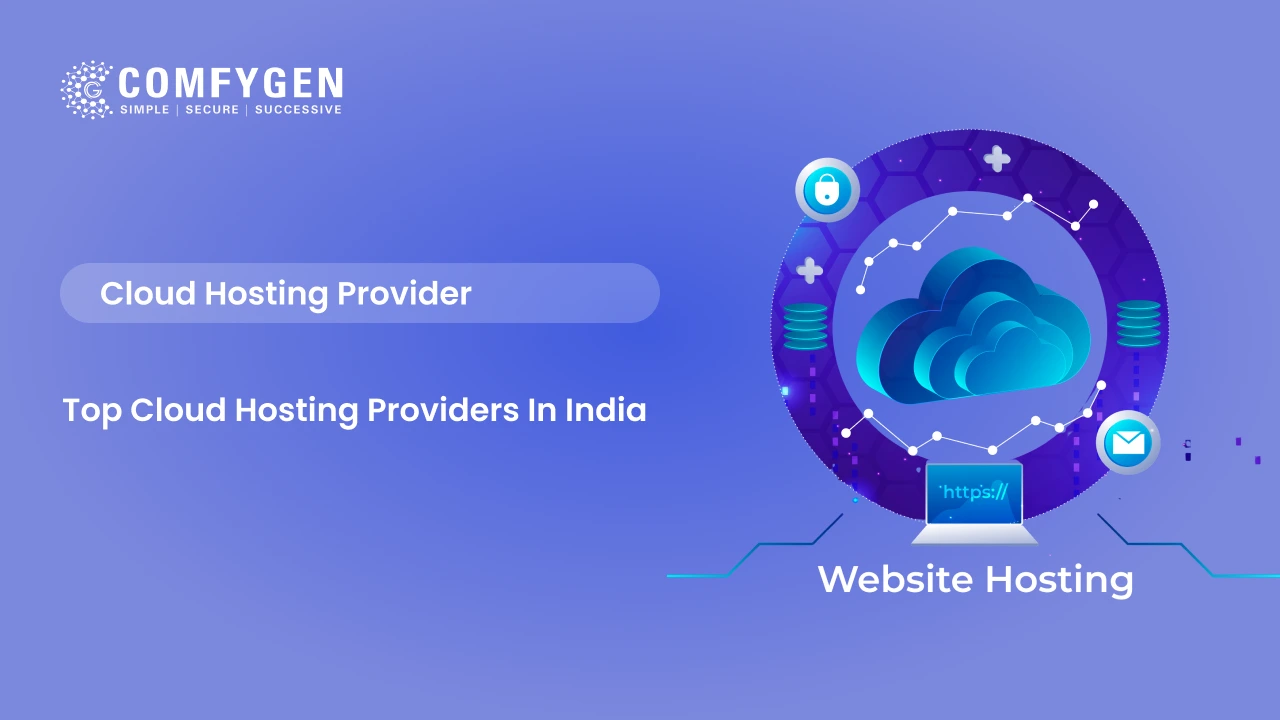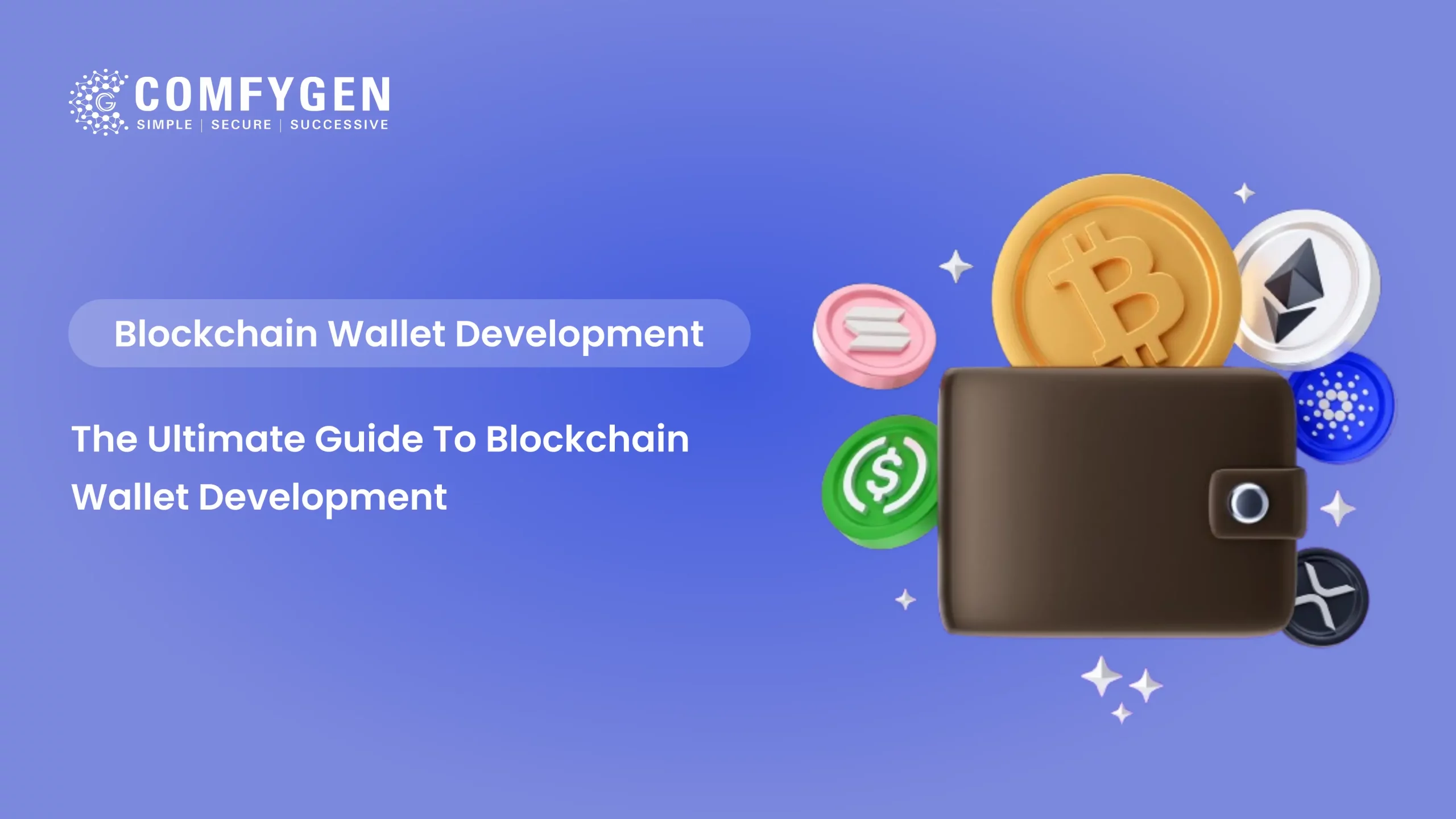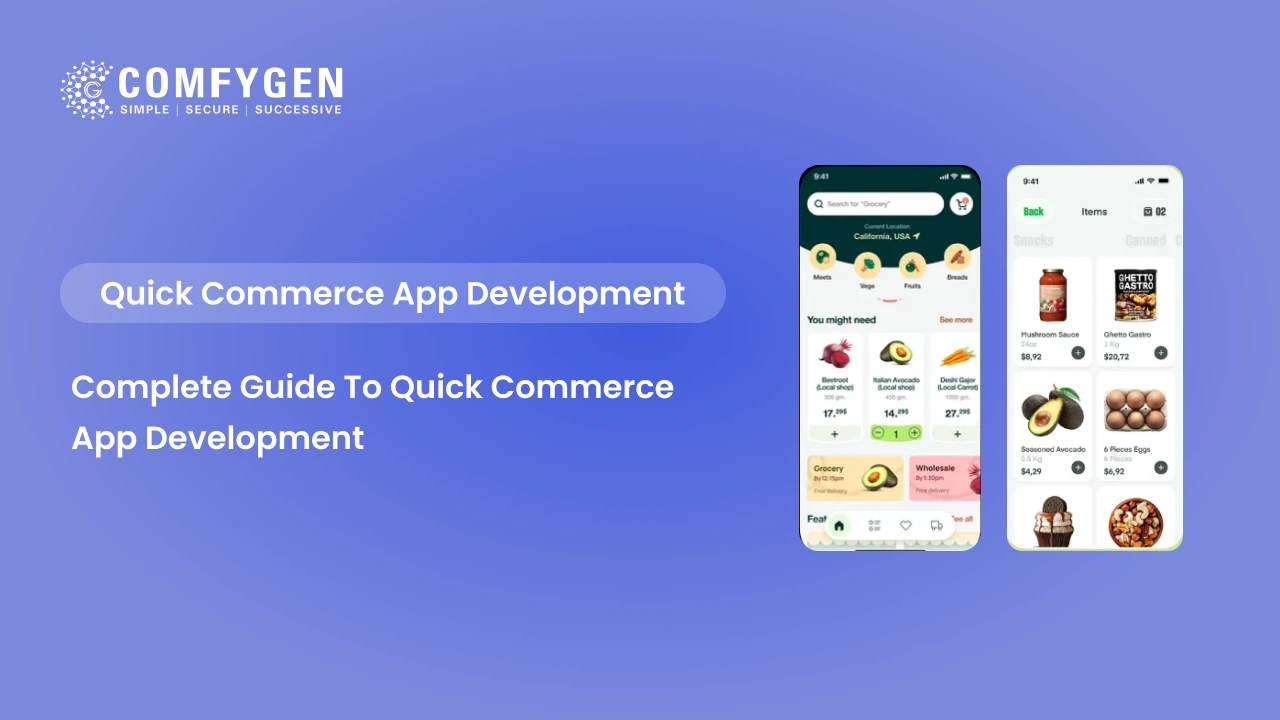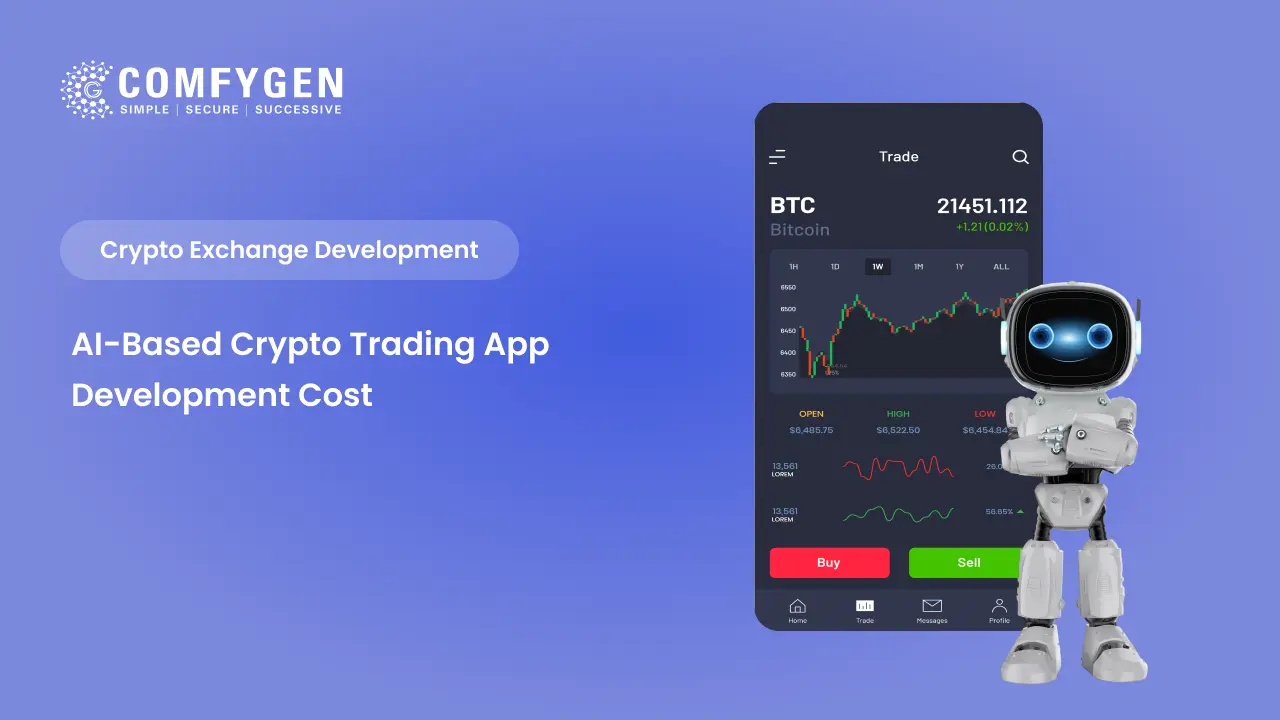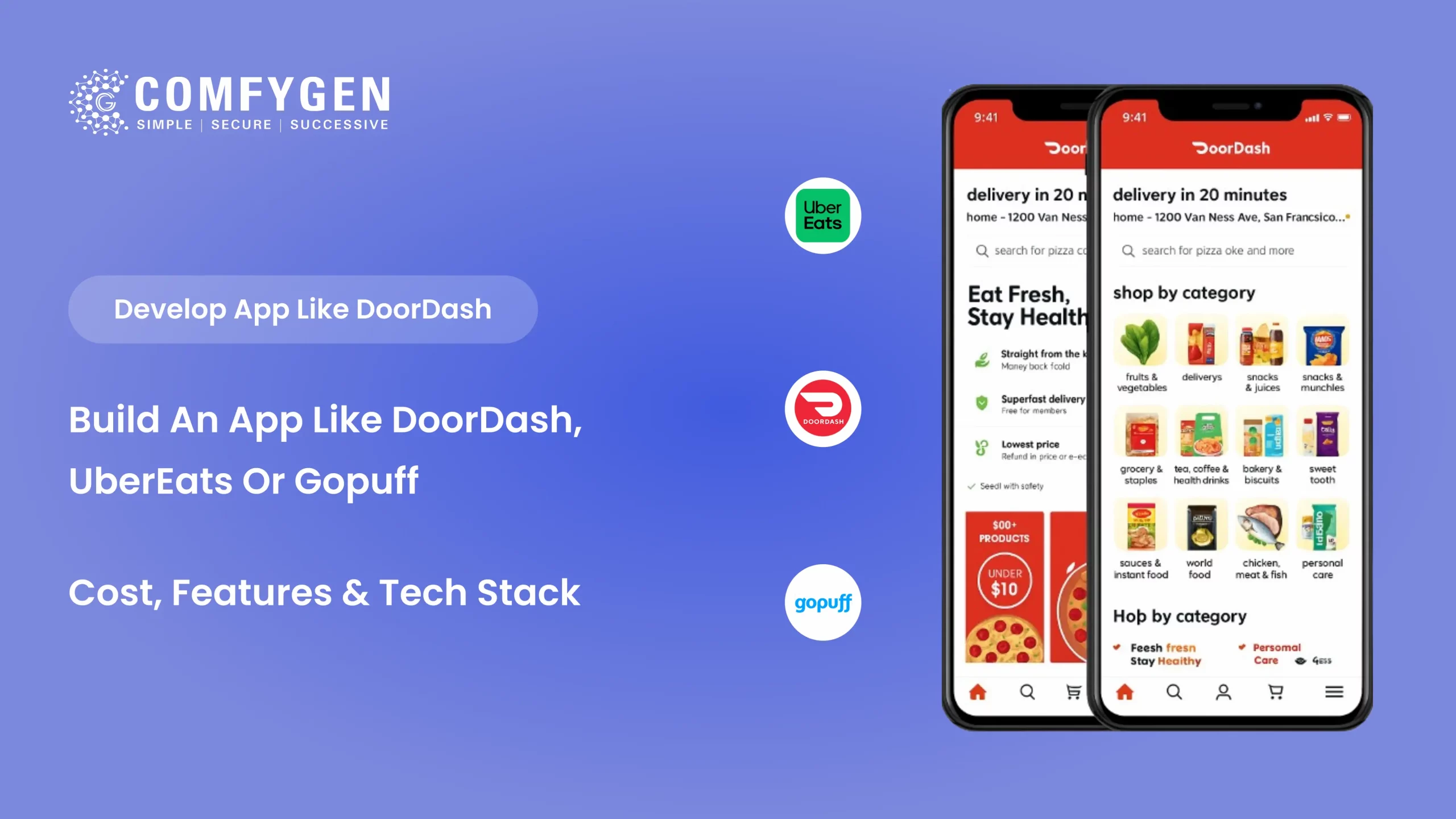How Much Does It Cost To Build A Fitness App?
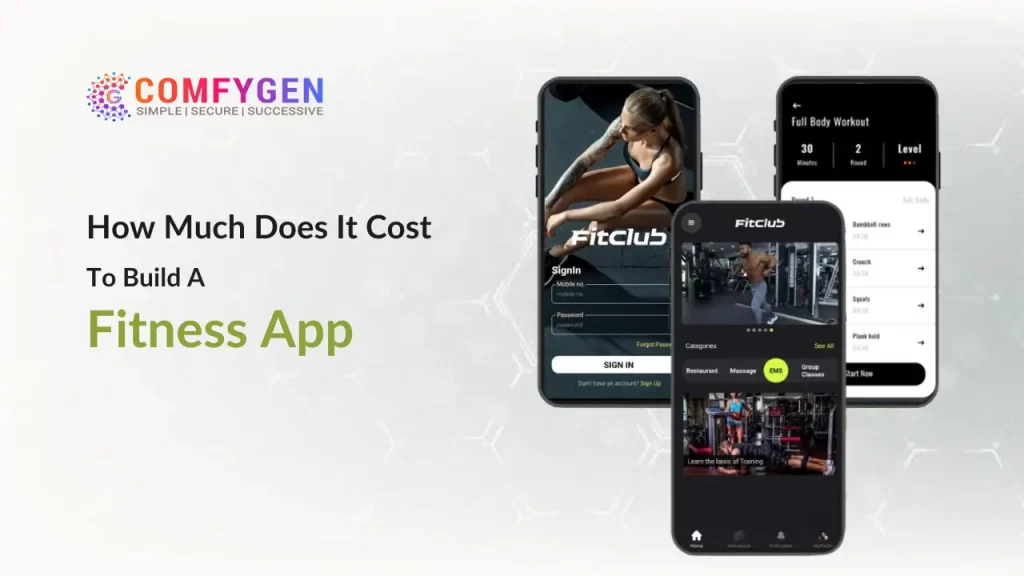
Fitness app development is aimed at meeting the growing demand for easy-to-use, accessible apps that help people maintain physical and mental wellness. The fitness apps that people use every day make a huge difference in their lives, from tracking fitness, guiding workouts, and planning nutrition to promoting mindfulness.
Due to the uncertain non-planned lifestyle and routine, every individual is somewhere compromising with their health. We are fortunate to have some advanced technologies, which have to built some fitness applications services and solutions, to track down health measures and know whether we are doing good or seeking health attention.
Everyone is seeking to gain health measurements through the fitness app development, and many of them are wearing wearables to continuously track health. The surging demand is also increasing the demand for more innovative fitness app development. Based on a report by Statista, the fitness app market is projected to reach $6.86 Billion by 2024. Till the end of 2029, this value will reach $10.6 Billion with a CAGR of 7.96%.
The idea of a fitness app development is not bad, but the competition is very high. One has to be very careful with their feature list, functionalities, innovation, uniqueness, et cetera. You need to take care of various things, which definitely affect the cost of developing a fitness app.
Therefore here we have this blog to gain fitness app development cost estimation. These estimations will give you an idea of the fitness app development cost incurred, as well as tell you the measures of saving some too.
Let’s start discussing and gaining estimated insights into how much does it cost to build a fitness app incurred to develop a fitness app.
How To Develop A Fitness App?
The development of a fitness app involves a certain process of it. Here are some steps shown below. Follow them with intelligence and accuracy to build a robust fitness application which must engage the market and targeted audience.
- Market Research and Target Audience
Conduct thorough market research to understand current trends, competitors, and the needs of your target audience. Identify gaps in the market that your app can fill. Knowing your audience’s preferences and pain points will help you design features that resonate with users, ensuring your app stands out and meets their fitness goals effectively.
- Define Core Features
Outline the core features of our fitness app development, such as workout tracking, nutrition plans, and social media sharing. Prioritize features that align with user needs and market demand. Consider adding unique elements like personalized coaching or integration with wearable devices. A clear feature list will guide the fitness mobile app development process and help in creating a comprehensive app.
- Choose the Right Platform
Decide whether to develop your fitness app for iOS app development, Android app development, or both. Consider your target audience’s platform preferences and the advantages of each operating system. Developing a cross-platform app can reach a wider audience, but it might require more resources. Platform choice influences the development tools and technologies you’ll use.
- Design an Engaging User Interface (UI)
Focus on creating an intuitive and attractive user interface. The UI should be easy to navigate, with clear instructions and visually appealing elements. Use consistent colors, fonts, and icons to enhance the user experience. An engaging UI encourages users to explore the app and stick to their fitness routines.
- Develop and Test the App
Start the development phase by writing clean, efficient code for the app’s backend and frontend. Use agile methodologies to ensure flexibility and iterative progress. Regularly test the app for bugs, performance issues, and usability problems. Testing on multiple devices and platforms ensures a smooth user experience and minimizes post-launch issues.
- Integrate Analytics and Feedback Mechanisms
Incorporate analytics tools to track user behavior and app performance. Analyzing data helps you understand user engagement and identify areas for improvement. Additionally, provide easy ways for users to give feedback, such as in-app surveys or reviews. Regularly updating the app based on feedback keeps it relevant and user-friendly.
- Launch and Market Your App
Plan a strategic launch to generate buzz and attract users. Utilize social media, fitness influencers, and press releases to spread the word. Offer introductory promotions or free trials to encourage downloads. Post-launch, continue marketing efforts to maintain visibility and user engagement. Regular updates and new features can help retain users and attract new ones.
Also Read: Top 10 Healthcare Apps In The USA
What Is The Average Development Time For A Fitness App?
Developing a fitness app typically takes between six months to a year, depending on the fitness app’s complexity and feature set. The initial stages, including market research and planning, can take a few weeks. Designing the user interface and user experience often requires one to two months. The fitness application development phase, where the core functionalities are built, usually spans three to six months. Finally, testing and debugging can take an additional one to two months to ensure the fitness application is ready for launch.
However, this timeline can vary based on several factors, such as the development team’s expertise, the technology stack used, and the feedback cycle during testing. Agile development methodologies can help streamline the process, allowing for iterative improvements and quicker adjustments based on user feedback.
Want to Launch Your Own Fitness App?
How Fitness App Development Costs Affect
Listed are the factors that impact the cost of Fitness app development. Consider these to get an idea of the estimated cost to build a fitness app:
- Features and App Complexity
The cost to develop a fitness app largely depends on the features and overall complexity. Basic features like step counting or workout logs are simpler and less expensive to build a fitness app. However, as you add more advanced functionalities, such as AI-generated personalized workout plans or real-time health monitoring, the complexity and cost increase.
For example, integrating machine learning to tailor fitness routines to individual progress requires specialized skills and more development time. Similarly, incorporating augmented reality (AR) for interactive workouts or social features like fitness challenges with friends adds layers of complexity, driving up both the initial development and ongoing maintenance costs.
- Backend Infrastructure
The backend infrastructure of a fitness app is important for its performance and scalability. This includes various elements like servers, database management, and cloud services, all of which directly influence fitness app development costs. For instance, while dedicated servers offer strong performance they come at a higher cost compared to shared or cloud-based solutions.
Advanced database management is vital for handling large amounts of data efficiently, but it also increases costs, especially when incorporating backup and recovery systems to protect user data. Additionally, implementing a robust cloud solution ensures the app can manage high user traffic and data loads, further impacting the development budget. Overall, the backend infrastructure must be carefully planned to ensure a balance between cost and reliability.
- Target Platforms
When developing a fitness app, choosing the target platforms is important as it greatly influences the fitness application development cost. The primary platforms, iOS app development, and Android app development, each have unique requirements. Developing for both platforms expands your reach but increases complexity and expenses. For instance, iOS app development requires adherence to Apple’s guidelines and ecosystem integration, typically using Swift or Objective-C, which affects both time and cost.
As for Android app development, it involves testing and optimizing for a wide range of devices and screen sizes. Cross-platform tools like React Native app development can reduce costs by using a single codebase for both iOS and Android, though customization needs might offset these savings. Additionally, supporting wearable devices or choosing between native and hybrid app development further impacts the overall budget, making it essential to balance reach and costs when targeting platforms for your fitness app.
- UI/UX Design
The UI/UX design of fitness applications is essential for user engagement and satisfaction. A well-crafted interface not only attracts users but also enhances their overall experience. The complexity of the design directly impacts development costs—simple, intuitive designs are more affordable but might not stand out in a competitive market.
High-end custom UI/UX designs involve detailed wireframing, prototyping, and user testing to ensure the app is both visually appealing and user-friendly. Advanced design elements like animations and interactivity add to the cost of fitness app development, as does adapting the design for different platforms like iOS fitness app development and Android fitness app development. Continuous improvements based on user feedback also contribute to ongoing expenses, making UI/UX design a significant factor in the overall fitness app development cost and success of the fitness app.
- Third-party Integrations
Incorporating third-party integrations into a fitness app can significantly enhance its features of fitness app development but also impact the fitness app development cost. Each integration includes social media sharing, payment gateways, and health data syncing. Each of these requires careful implementation and testing to ensure smooth operation within the fitness app development.
For instance, integrating a secure payment gateway is required for in-app purchases or subscriptions, but it adds to the complexity and fitness app development cost. Similarly, syncing health data with devices like smartwatches requires compatibility across various platforms, increasing development efforts. Geolocation services for tracking outdoor activities add another layer of complexity, needing precise GPS integration. Ensuring security, especially for sensitive health and payment data, is essential, leading to additional costs for implementing and maintaining robust security measures. Thus, while third-party integrations enhance app functionality, they also contribute to increased development costs and complexity.
- Maintenance and Support
Post-launch maintenance and support are important yet often overlooked aspects of fitness app development. These ongoing activities are vital for the app’s longevity and user satisfaction. Regular updates are needed to fix bugs, enhance features, and ensure compatibility with the latest operating systems, typically costing 10% to 15% of the initial fitness app development budget every year. This includes server costs, hosting fees, and continuous support services.
Providing prompt customer support is essential for resolving user issues, which might involve setting up a dedicated team or outsourcing to a third party. Additionally, regular security audits are necessary to protect sensitive user data, implement compliance with regulations, and maintain user trust. Partnering with a mobile app development company for App maintenance and support are an integral part of the fitness app development process. They include feature enhancements, security measures, continuous updates, and customer support. The fitness app development projects, these factors contribute significantly to the overall cost and success.
- Development Prices by Location
The cost of developing a fitness app varies greatly depending on the location of the fitness app development company. Regions like North America, with countries such as the United States and Canada, have higher development costs, ranging from $100 to $250 per hour, due to the high living standards and advanced technological capabilities.
On the other hand, Eastern Europe offers a balance between cost and quality, with hourly rates between $50 to $100, while Asia, particularly India and Southeast Asia, provides the most cost-effective options, with rates as low as $25 to $75 per hour.
- Hiring Approach of the Developers
The hiring approach for developers plays a crucial role in determining the overall cost of fitness app development. There are several hiring models, each with distinct advantages and drawbacks. In-house teams provide more control and coordination but come with higher costs due to salaries and infrastructure. This model requires a team with diverse skills, which also increases expenses.
Freelancers provide a flexible and cost-effective option, ideal for specific tasks. However, managing freelancers can be challenging, requiring more effort in coordination and quality control. Outsourcing to specialized development companies offers access to experienced teams, especially valuable for complex projects. This option can be cost-effective, though rates vary based on location and reputation. Additionally, the choice of project management methodology, such as agile, and the type of contract—fixed-price or time-and-materials—further impact the budget. Understanding these factors is essential for planning a fitness app development project, with costs ranging from $25,000 to $150,000.
Want to Hire Fitness App Developers?
How Much Does It Cost To Develop A Native Fitness App On iOS And Android?
Developing a native fitness app for iOS and Android involves a significant investment, influenced by various factors including app complexity, feature set, design requirements, and developer expertise. On average, the cost of fitness application development can range from $100,000 to $300,000.
- App Complexity and Features
The complexity of the fitness app is a primary cost driver. Basic fitness app development with essential features like user profiles, workout plans, and activity tracking can cost between $50,000 and $100,000. However, if you aim to include advanced features like personalized coaching, AI-driven recommendations, video tutorials, and integration with wearables, the fitness app cost can escalate to $200,000 or more.
- Design and User Experience
High-quality design and user experience (UX) are crucial for user retention and engagement. Investing in a polished, intuitive design can add $10,000 to $50,000 to the overall cost of building a fitness app. This includes wireframing, prototyping, user testing, and iterations based on feedback to ensure the app is visually appealing and easy to navigate.
- Platform Choice and Development Time
Developing for both iOS app development and Android app development doubles the effort compared to a single platform. Native development ensures optimal performance and a seamless user experience on each platform, but it requires separate codebases, increasing the fitness app development time and cost. On average, native app development can take 6 to 12 months, with fitness app development costs ranging from $100,000 to $300,000 depending on the app’s scope.
- Developer Expertise and Location
The expertise and location of your fitness app development team also impact costs. Mobile Application developers in North America and Western Europe typically charge higher rates ($100 to $200 per hour) compared to those in Eastern Europe or Asia ($25 to $75 per hour). Opting for experienced developers ensures high-quality code and faster development, albeit at a higher cost.
Want To See A Demo Of An Fitness Application
What Are The Factors That Influence The Cost Of Fitness App Development?
Several key factors influence the cost of fitness app development, each adding to the overall budget based on the app’s requirements and complexity.
- Features and App Complexity
The number and complexity of features significantly impact fitness application development costs. Basic features like user profiles and workout plans are relatively inexpensive, while advanced functionalities like AI-driven recommendations, real-time tracking, and video tutorials require more development time and resources, increasing fitness app development costs.
- Backend Infrastructure
A robust backend is essential for managing user data, processing transactions, and ensuring seamless app performance. The complexity of backend infrastructure, including databases, servers, and APIs, can influence the fitness app development cost. High-performance, scalable, and secure backend solutions generally incur higher expenses.
- Target Platforms
The choice between developing for a single platform (iOS app development or Android app development) versus multiple platforms affects the fitness app development cost. Native development for both platforms requires separate codebases, increasing development time and costs. Cross-platform solutions can be more cost-effective but might compromise on performance.
- UI/UX Design
Investing in high-quality user interface (UI) and user experience (UX) design is crucial for user retention. Fitness application development costs include wireframing, prototyping, user testing, and design iterations. A visually appealing and intuitive design can justify the expenditure by enhancing user engagement.
- Third-party Integrations
Integrating third-party services like payment gateways, social media, and wearable device APIs can add to the development cost. Each integration requires additional coding, testing, and sometimes licensing fees. These integrations enhance functionality but necessitate careful planning and execution.
- Maintenance and Support
Post-launch maintenance and support are ongoing costs that include updates, bug fixes, and new feature additions. Regular maintenance ensures the app remains functional and secure. Budgeting for continuous support is essential to keep the app up-to-date and user-friendly.
- Development Prices by Location
Fitness app development costs vary significantly by region. Fitness App Developers in North America and Europe typically charge more than those in Asia or Eastern Europe. Balancing cost with quality is crucial; opting for developers in lower-cost regions can be economical but requires thorough vetting.
- Hiring Approach of the Developers
Choosing between in-house developers, freelancers, or development agencies impacts cost. In-house teams offer better control but are expensive. Freelancers are cost-effective but may lack reliability. Agencies provide a balanced approach with expertise and reliability, often at a mid-range cost.
Features Of Fitness App Development
Consider the given features to implement, because these features can also impact the cost of fitness app development. The more unique features you implement, the more you have to pay.
- User Profiles
User profiles allow individuals to create personalized accounts, storing their fitness goals, preferences, and progress. This fitness app development feature helps tailor the app experience to each user, making it easier to track their journey and achievements.
- Workout Plans
Customizable workout plans provide users with structured exercise routines based on their fitness levels and goals. These plans can include a variety of exercises, durations, and intensities, helping users stay motivated and achieve their fitness objectives.
- Activity Tracking
Fitness tracker app development is Activity tracking monitors users’ physical activities, such as steps taken, distance traveled, and calories burned. This feature provides real-time data and insights, enabling users to keep track of their daily physical activity and overall health.
- Nutrition Tracking
Nutrition tracking allows users to log their daily food intake, monitor their diet, and maintain a balanced nutritional plan. It helps users understand their eating habits, count calories, and make informed dietary choices to support their fitness goals.
- Progress Tracking
Progress tracking enables users to visualize their fitness journey through charts and graphs. It shows improvements in metrics like weight, body measurements, and workout performance, motivating users by highlighting their achievements over time.
- Social Features
Social features include options for users to share their progress, join fitness challenges, and connect with friends or other users. This fosters a sense of community, encouraging users to stay motivated and accountable in their fitness endeavors.
- Integration with Wearables
Integration with wearable devices like fitness trackers and smartwatches enhances data accuracy and provides comprehensive health insights. Users can sync their devices with the app to track their activity, heart rate, and other vital metrics seamlessly.
- Video Tutorials
Video tutorials offer users instructional content for various exercises and workout routines. These tutorials ensure users perform exercises correctly and safely, providing guidance from professional trainers directly within the fitness application.
- Push Notifications
Push notifications keep users engaged by sending reminders, motivational messages, and updates. These alerts can prompt users to complete workouts, log their meals, or celebrate milestones, helping maintain consistency in their fitness routines.
- Virtual Coaching
Virtual coaching provides personalized guidance and support through AI or real trainers. This feature offers customized workout plans, feedback, and tips, making fitness accessible and tailored to individual needs without requiring in-person sessions.
Also Read: Top Trends In Healthcare App Development For 2024
What Technology Stack Is Used For The Fitness App?
Developing a fitness app involves a combination of front-end, back-end, and additional technologies to ensure a seamless, responsive, and user-friendly experience. The technology stack should be chosen based on the app’s requirements, scalability needs, and target platforms. Below is a table of commonly used technologies to build a fitness app:
| Component | Technologies |
| Front-end | React Native, Flutter, Swift (iOS), Kotlin (Android) |
| Back-end | Node.js, Django, Ruby on Rails |
| Database | MongoDB, PostgreSQL, Firebase |
| Cloud Services | AWS, Google Cloud, Microsoft Azure |
| API Integration | RESTful APIs, GraphQL |
| Authentication | OAuth, Firebase Authentication, Auth0 |
| Push Notifications | Firebase Cloud Messaging, OneSignal |
| Analytics | Google Analytics, Mixpanel, Amplitude |
| Payment Processing | Stripe, PayPal, Braintree |
| Wearable Integration | Apple HealthKit, Google Fit, Fitbit API |
| Video Streaming | Twilio, Vimeo, YouTube API |
| Development Tools | Git, Jenkins, Docker |
| Testing | Jest, Selenium, Appium |
| DevOps | Jenkins, Kubernetes, Docker |
Why Choose Comfygen To Develop A Fitness App?
Choosing the right fitness application development agency is a very high priority for the success of your fitness app. Comfygen stands out as a top choice for several reasons.
- Expertise in Fitness Solutions
Comfygen has extensive experience in healthcare app development understanding the unique requirements and challenges in the healthcare industry. Their team of skilled fitness mobile app developers and designers is adept at creating user-friendly, secure, and compliant fitness solutions tailored to client needs.
- Customizable and Scalable Solutions
Comfygen offers customizable solutions that can be tailored to your specific requirements. Whether you need basic features like video consultations and appointment scheduling or advanced functionalities like AI-driven diagnostics and EHR integration, Comfygen can deliver scalable solutions that grow with your business.
- Focus on Security and Compliance
Healthcare apps handle sensitive patient data, making security and compliance critical. Comfygen prioritizes data protection, implementing robust security measures and ensuring compliance with healthcare regulations such as HIPAA. This focus on security builds trust with users and protects against data breaches.
- End-to-End Development Services
Comfygen provides end-to-end development services, from initial consultation and planning to fitness app design, fitness application development, testing, and post-launch support. Their comprehensive approach ensures a smooth development process, timely delivery, and continuous improvement based on user feedback.
- Cost-effective and Transparent Pricing
Comfygen offers competitive pricing without compromising on quality. They provide transparent pricing models, ensuring clients understand the costs involved upfront. Their flexible pricing structures cater to different budgets, making high-quality fitness application development solutions accessible to various healthcare providers.
If you want to see our fitness app development services, demo or want to develop your own fitness app?
Contact us:
Whatsapp: +91 958-786-7258 / +1 514-565-9471
Email: [email protected]
Telegram: @comfygen
Conclusion
Developing a fitness app involves a substantial investment, with costs influenced by factors such as app complexity, feature set, design quality, and fitness mobile app developer expertise. The fitness application development process requires careful planning and consideration of various elements, including backend infrastructure, target platforms, and ongoing maintenance.
Choosing the right fitness application development company, such as Comfygen, can significantly impact the success of your fitness and healthcare app. Comfygen’s expertise in healthcare app development solutions, customizable and scalable offerings, focus on security and compliance, end-to-end development services, and cost-effective pricing make them a reliable choice for healthcare providers seeking to implement healthcare technology.
By understanding the cost drivers and selecting a reputable fitness app development company in the USA, you can ensure the creation of a high-quality, user-friendly fitness or Healthcare app that meets the needs of your target audience and stands out in a competitive market. Investing in the right technologies and development team is crucial to delivering an app that not only meets user expectations but also provides a valuable tool for health and wellness.

Mr. Saddam Husen, (CTO)
Mr. Saddam Husen, CTO at Comfygen, is a renowned Blockchain expert and IT consultant with extensive experience in blockchain development, crypto wallets, DeFi, ICOs, and smart contracts. Passionate about digital transformation, he helps businesses harness blockchain technology’s potential, driving innovation and enhancing IT infrastructure for global success.

